Designing your home isn’t just about filling it with furniture or sticking to one theme. It’s more about building a feeling—a space that looks great but also feels like you. Whether you lean toward sleek minimalism, timeless classics, or something a little more boho and free-spirited, your decor choices can completely change how you live and feel in your space. Here are 9 home design decor ideas that’ll help you strike that balance between comfort, beauty, and personal expression.
1. Start with a Strong Foundation: Neutral Tones
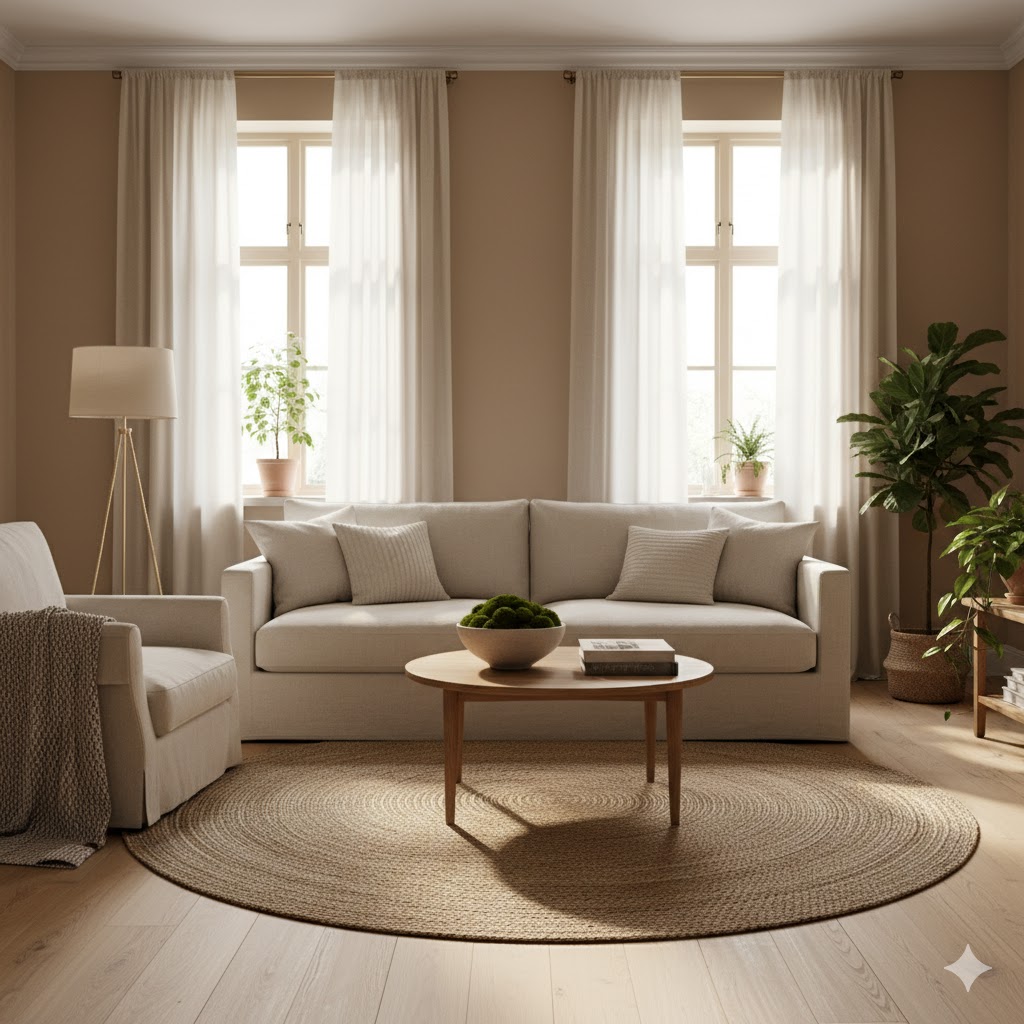
Neutral tones—think beige, taupe, ivory, and soft gray—create a calm canvas for your entire home. They make spaces look bigger and help highlight other decor elements without overwhelming the eye. You can always layer in texture through rugs, cushions, and throws to avoid that “too plain” look.
One trick I swear by: mix different materials in similar shades—like a cream boucle chair beside a stone coffee table or light oak shelving with linen curtains. It gives subtle depth without clutter.
2. Play with Texture, Not Just Color

You don’t always need color to make a statement—texture can do the heavy lifting. Combine smooth with rough, soft with hard. A velvet sofa next to a jute rug or a chunky knit blanket over sleek leather instantly adds visual interest.
It’s what gives a room that “I want to touch everything” feeling, which makes a home feel lived-in and layered, not just staged.
3. Bring Nature Indoors
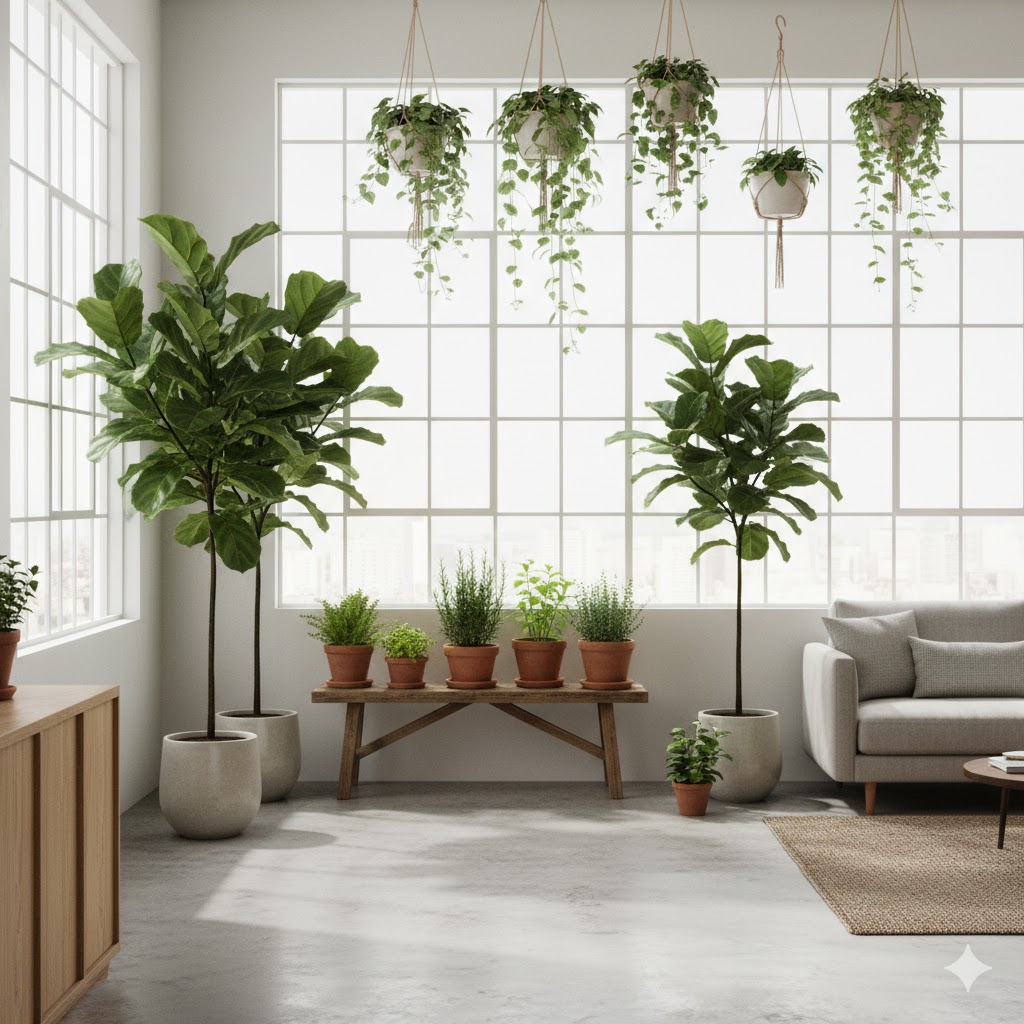
A little greenery can bring your entire design together. Plants add movement, freshness, and a bit of soul to your decor. Even if you’re not great at keeping plants alive, there are some easy ones—snake plants, pothos, or peace lilies—that forgive the occasional forgetfulness.
You could also try dried flowers for a softer, more rustic vibe if watering schedules aren’t your thing.
4. Layer Your Lighting
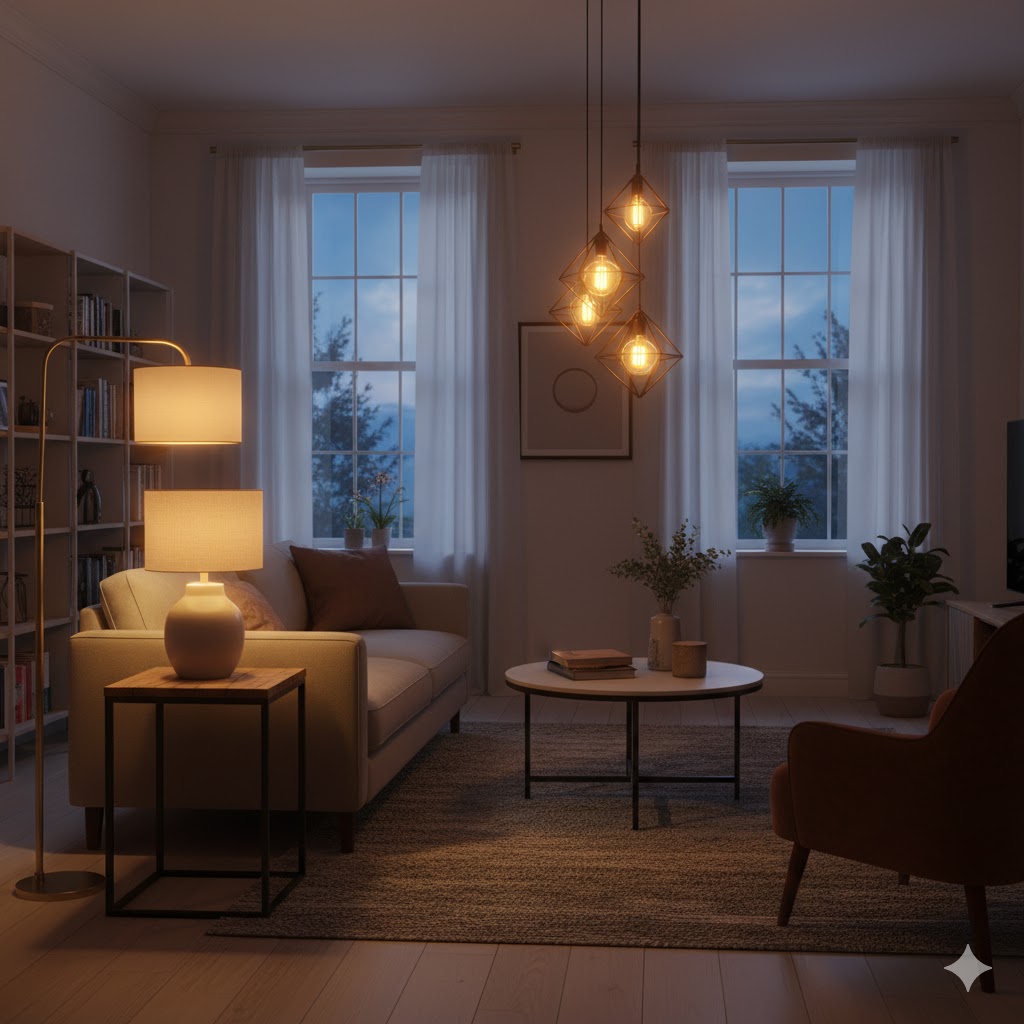
Good lighting transforms everything. Relying on just a ceiling light makes your space feel flat. Layer it—combine ambient, task, and accent lights.
Add a statement pendant for drama, table lamps for coziness, and maybe a hidden LED strip under shelves for that subtle, modern glow. Warm-toned bulbs (2700K–3000K) make everything feel softer and more inviting.
5. Mix Old and New
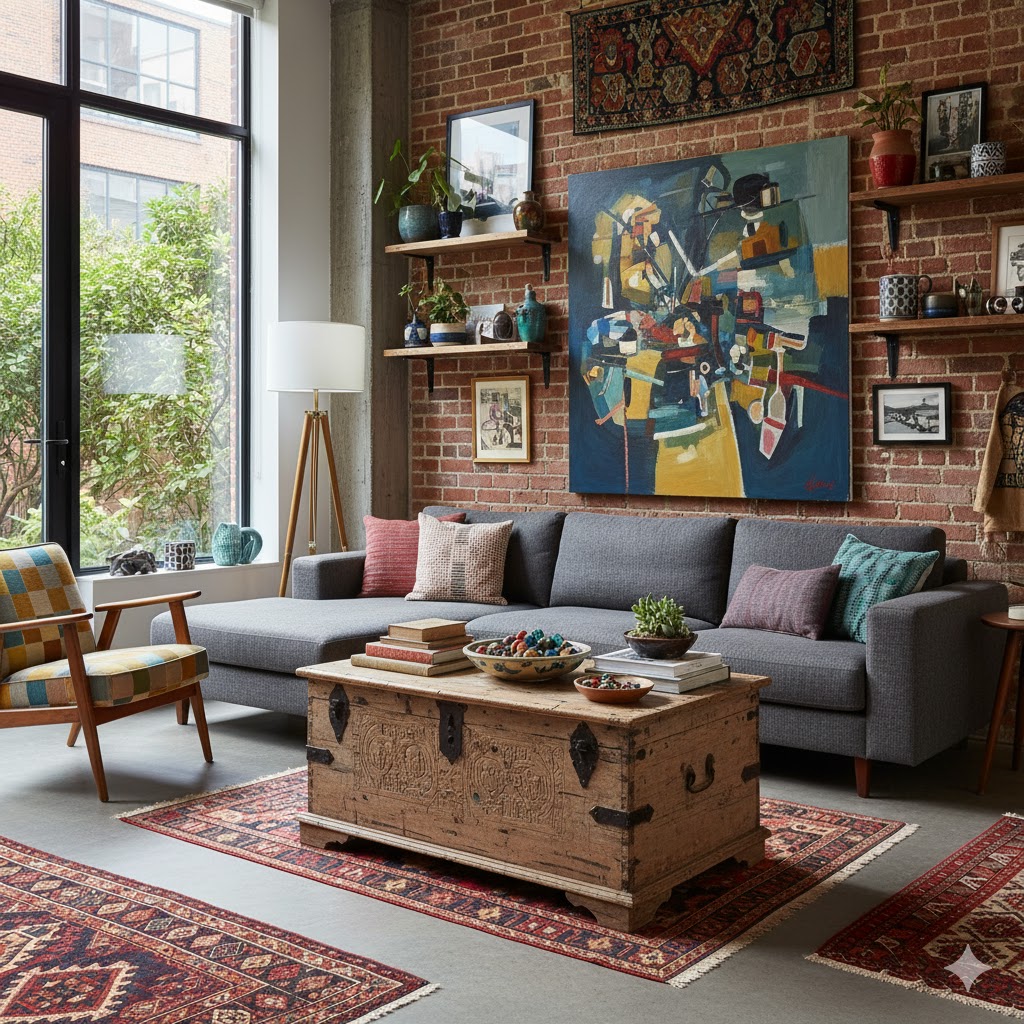
Mixing modern pieces with vintage finds keeps a home from feeling too showroom-perfect. A mid-century chair, a rustic mirror, or even a worn leather armchair can balance newer furniture beautifully.
It’s all about creating contrast—a sleek glass table paired with an antique rug, for example, brings history into your modern world.
6. Curate, Don’t Clutter
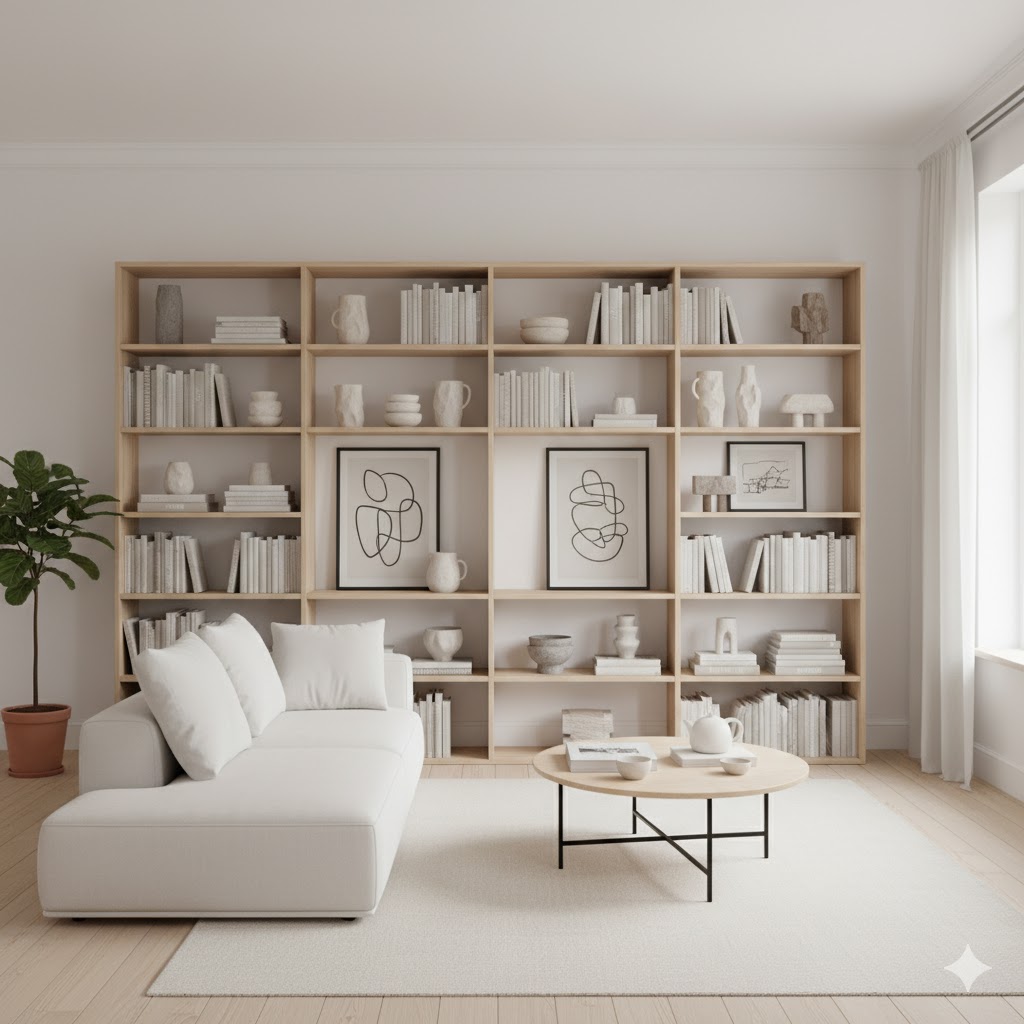
When it comes to decor, less is often more—but not in a sterile way. The key is intentionality. Choose what matters most to you and display it proudly. That could be books you actually read, travel souvenirs, or a small collection of ceramics.
Group items in odd numbers, vary their heights, and leave breathing room between them. Your eyes need space to rest too.
7. Statement Walls Done Right
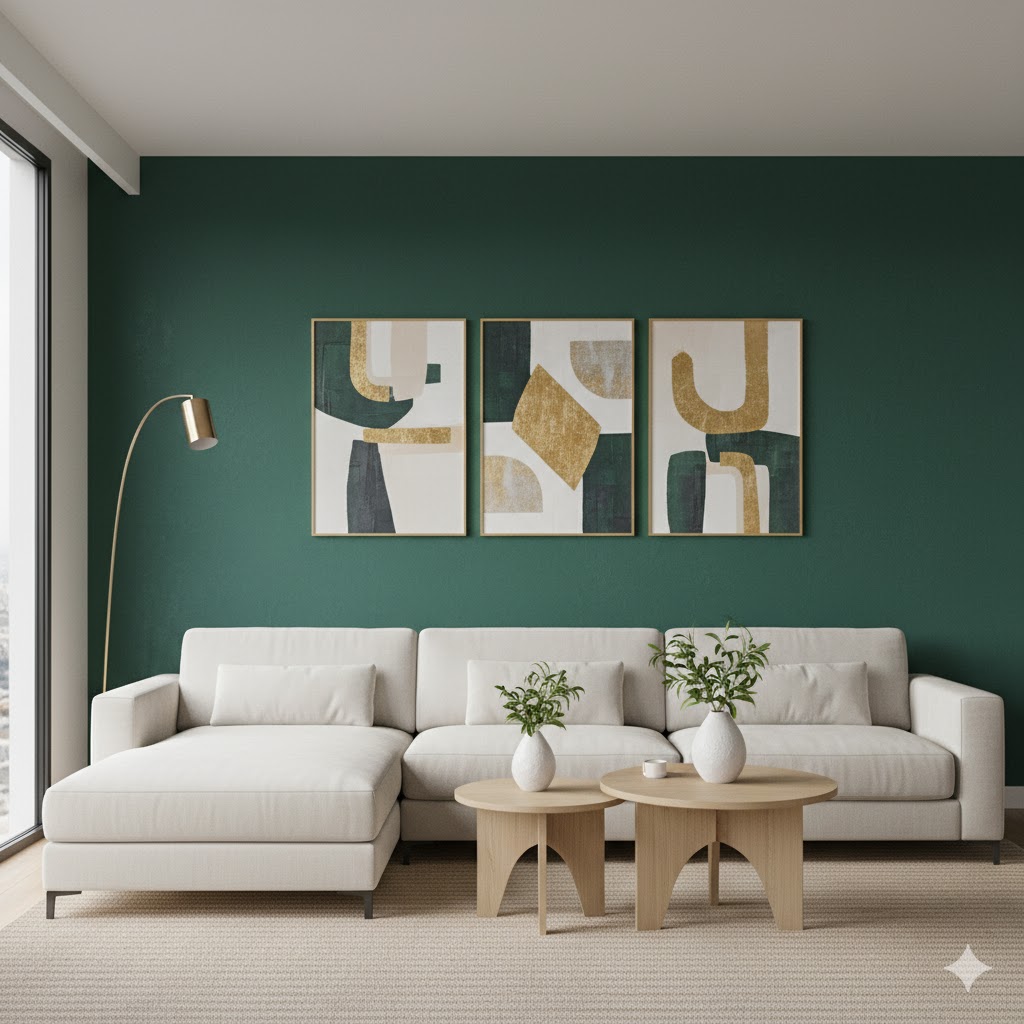
If you want to add personality without going overboard, consider a statement wall. It could be a deep paint color, textured wallpaper, or even wood paneling. Just make sure the rest of the room supports it rather than competes.
Accent walls work best behind beds, sofas, or fireplaces—places your eyes naturally land.
8. Cozy Corners and Reading Nooks
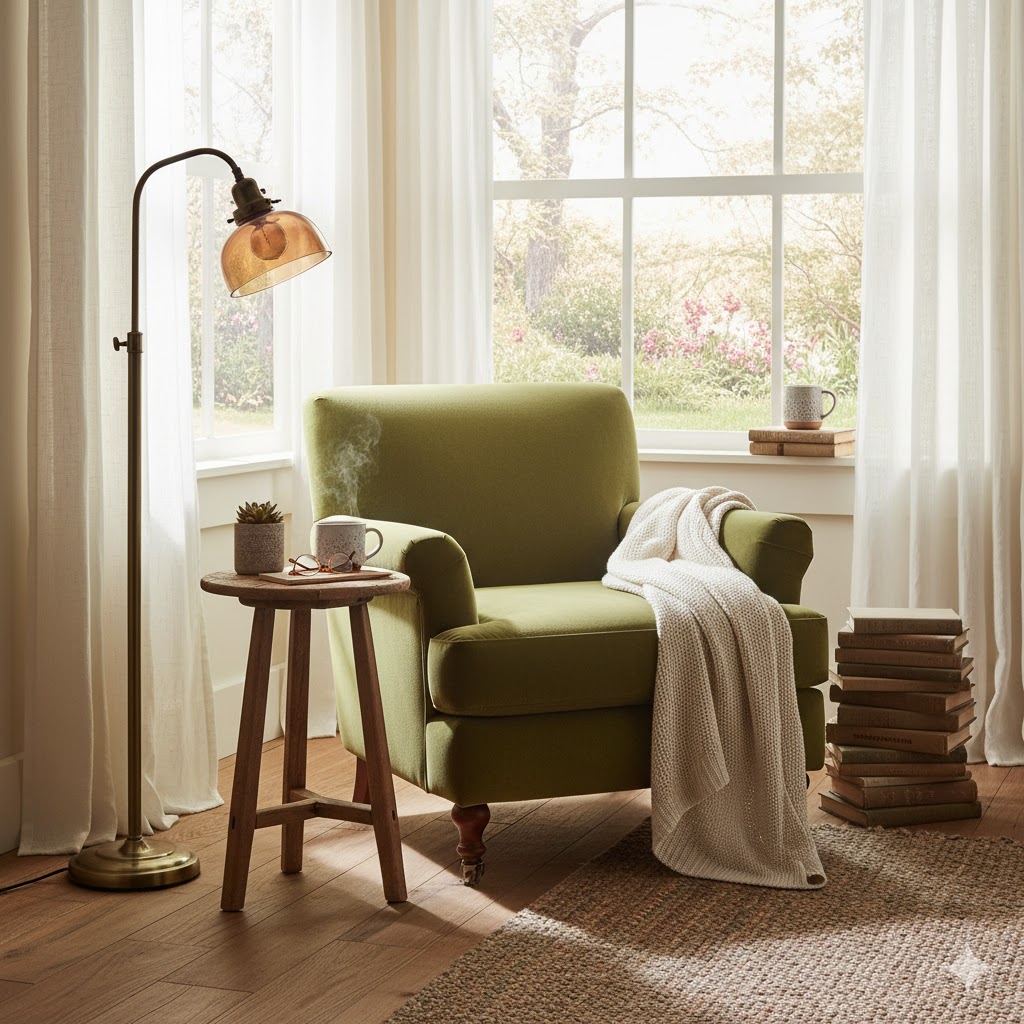
Even if your home’s small, there’s always room for a cozy corner. It doesn’t take much—just a comfortable chair, good lighting, and maybe a throw blanket.
This little setup can be your moment of calm after a busy day. A small plant nearby or a candle on the table can make it feel extra special.
9. Art That Speaks to You
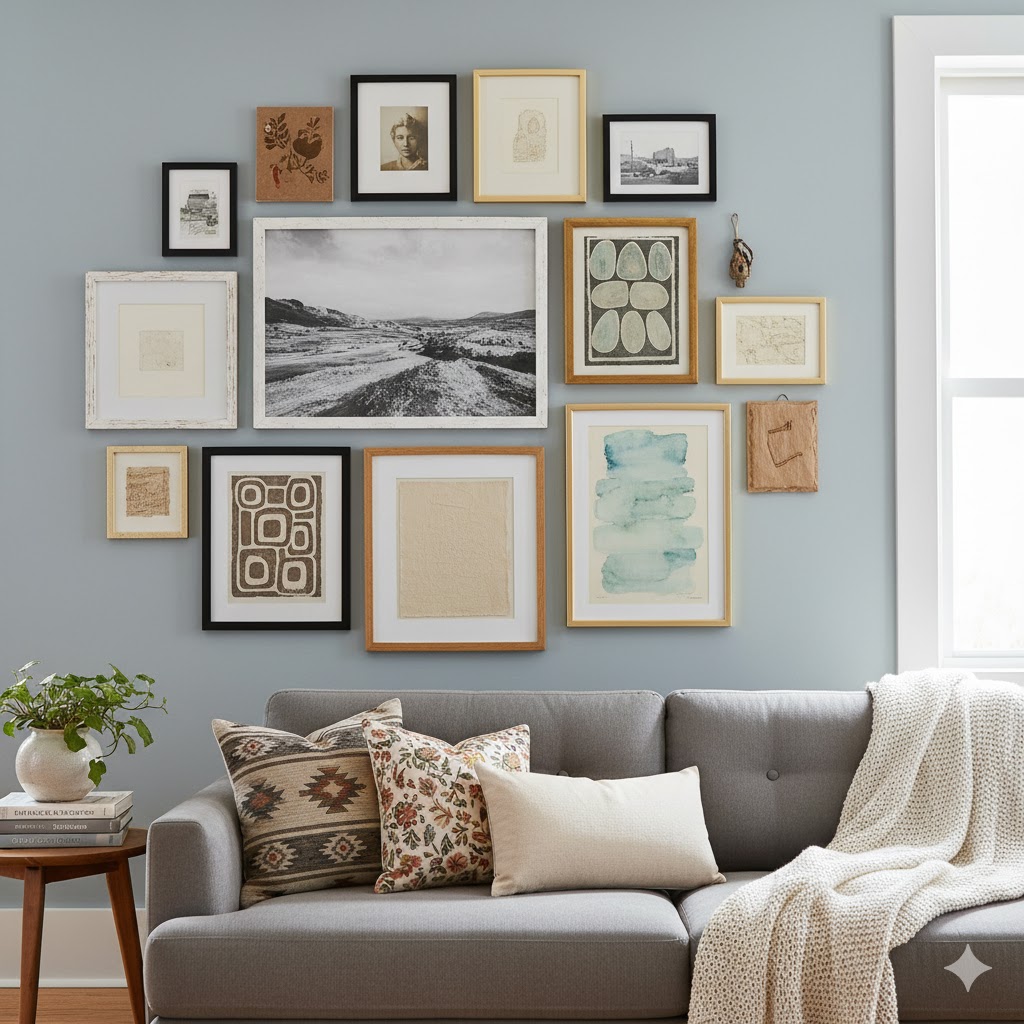
Art is one of the easiest ways to personalize your space. Forget the rules about matching frames or sticking to a single theme—choose what resonates with you. It could be a thrifted print, a piece you made, or something you found on Etsy.
When hanging art, remember this: it’s not just wall filler—it’s part of your story. Mix textures (like a woven wall hanging next to a photograph) to keep it visually rich.
Conclusion
At the end of the day, designing your home isn’t about chasing trends—it’s about crafting a space that fits your rhythm, habits, and moods. You don’t need endless money or a professional decorator; what matters more is paying attention to how a room makes you feel.
Start small. Rearrange your furniture. Add texture where things feel flat. Swap out harsh light for something warmer. Slowly, piece by piece, you’ll find your own version of “beautiful.” And when that moment comes—when you look around and think, yeah, this feels like home—that’s when you know you’ve nailed it.